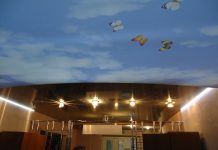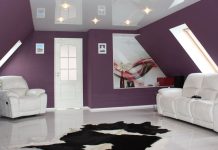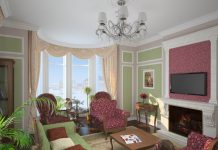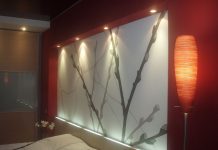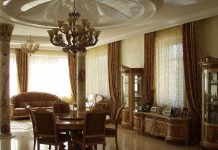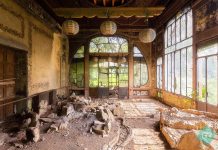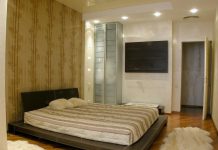The Moroccan style in the interior is a very special oriental spectrum and an almost magical atmosphere reigning in the house. And this splendor is created with delightfully bright colors, unusual combinations of textures and colors, the introduction of handmade textiles, painted ceramics, forged and carved wood products in the atmosphere.
Ancient Marrakech simply enters houses located in at least some part of the world. It is breathtakingly harmonious and effortlessly located in a variety of layouts, despite the number of square meters. It can fill all the available space, or it can only touch it, remaining the most colorful memoirs on a variety of surfaces in the interior.
Everything depends on the desire of the one who makes the furniture, the degree of his love for this mind-bogglingly original, simply famous African style.
Where does Morocco begin in the interior? Naturally, from the cobalt color of the blue — color tuning fork, capable of setting the tone of the situation, passing a connecting thread through the rooms and auxiliary areas of at least some living space.
Cobalt blue is especially adored in the west of Africa. There it is everywhere — it highlights brightly, emphasizes, obosablivaet. And this expressive color will be very appropriate for at least one of the kitchens decorated in Moroccan style. For example, you can choose such a blue for arranging a tile apron, for edging a furniture facade or for finishing a work surface.
The right advice! Designers working with African motifs are advised to be very careful with their diversity and originality. Focus first on the size of the room. Small Moroccan cuisine should not be overloaded with details.
Light colors in the decoration will add air to it, and niches with a catchy interior design will bring depth. By the way, if the places are insignificant, such niches will completely cope with the role of open kitchen cabinets, they will turn out to be amazing places to find home appliances.
In the large kitchen there is an opportunity to turn around, including design imagination. Here you can not save and differentiate the dining and working areas. In the Moroccan style, this comes out to be especially interesting. The dining room can be more restrained, while the “kitchen” half is allowed to be charmingly colorful.
But obviously the kitchen “motif” should be repeated in the dining area. For example, colorful pillows on the seats, tablecloths, napkins or a lampshade on a lighting device to match the finish in the kitchen.
The Moroccan-style living room is significantly different from the kitchen in the same style. But the fact that these are “two sides of the same coin” is clearly recalled:
- the layout in which niches with columns usually alternate;
- the overall measured color background and colorful variegated details on it;
- the wealth of textiles;
- forged, also carved elements in the decoration and decor;
- and all the same blue cobalt, without which there is no West African design.
The general color background of the Moroccan living room is usually light, in beige, pale lilac or ash-pink tones. The compositions look great — for example, ivory color is stunningly mixed with woody, also amber colors. A dusty rose is simply complemented by grayish and beige tones, and lilac motifs sound wonderful surrounded by copper and/or different chocolate colors.
In general, the memory of a common bright background — space, richness of air, freedom – should be created. And the task of the designer is to draw a colorful, memorable interior picture with bright details on this spacious “easel” with juicy colors.
Almost with a few strokes, without overdoing the details. Especially if the starting place is not very large.


